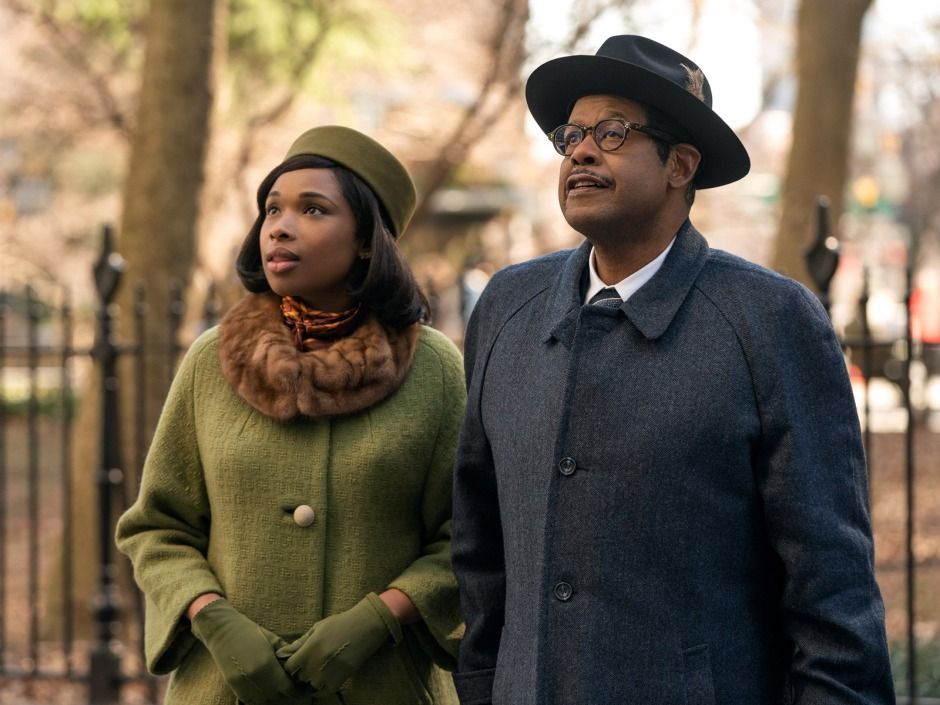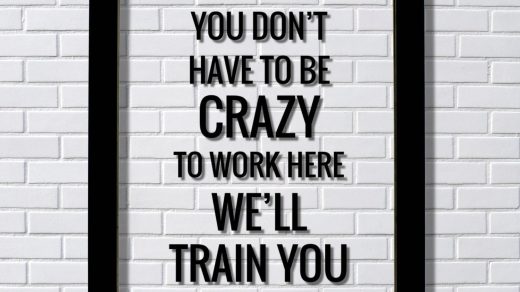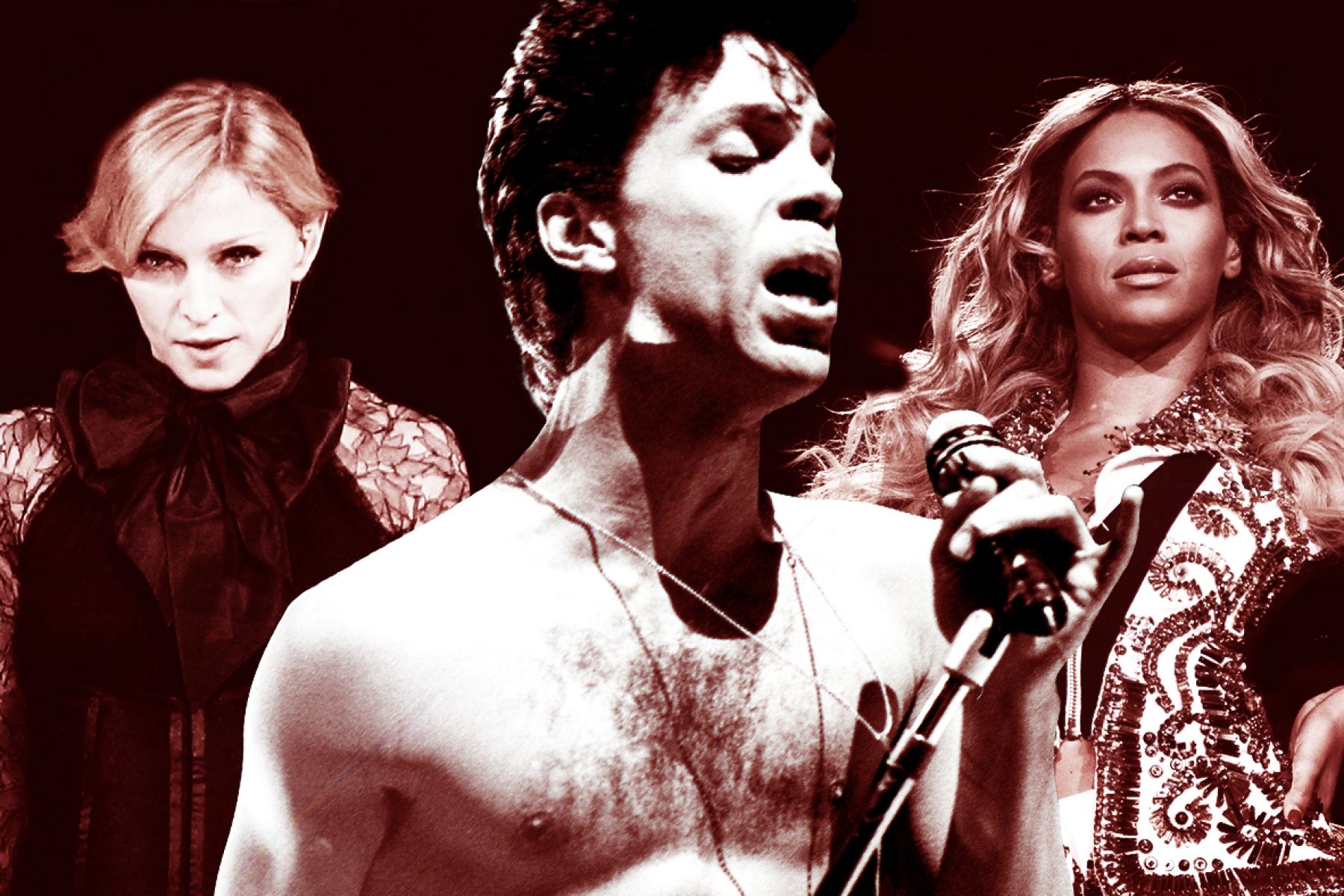‘Gunda’: A ROMANTIC Portrait of a Sow’s Lifestyle
Victor Kossakovsky’s Gunda will be, in the barest sense, a movie about a short time period in the life span of a pig. Gunda, the pig involved, is really a Norwegian sow with disarmingly expressive eye and, in the beginning of the movie, a brand new litter of squeaking piglets trampling over one another to attain her milk. There’s nearly something painful, or or even that, despairing and unquenchable in those newborn squeals. So much want from such small beings. When Gunda will get around reorient herself, you nearly question if it’s because among her flailing newborns provides somehow gotten squished — that could almost describe their exasperating cries. So when the digital camera drifts on the hay toward a lone piglet that’s however to find its solution to a teat and, immediately after, Gunda lands on that piglet having an unforgiving hoof — even more cries. And much more questions.
The Private Lifestyles of Liza Minnelli (The Rainbow Ends Right here)
Dark Sabbath on the Producing of 'Vol. 4': 'IT HAD BEEN Total Pandemonium'
From its opening mins, Gunda shows up before us within an expressive, complete bath of black-and-white pictures, with every shot, also within Gunda’s barn, counting on natural light, sufficient reason for no voiceovers or textual markers to steer us through the when and where of everything. Several traces of explicit humanity or the overt apparatus of a “film” seem apparent, initially, beyond the actual fact of the digital camera itself — and the beauties it catches. We have been dropped directly into Gunda’s world: in to the barn where she cares on her behalf litter and, even more urgently, into the even more intimate but less quickly referred to realm of her the piglets’ needs, their practices and instincts, their feelings.
This last component — the psychological life of in addition specific pig and her great deal but additionally a roving cast of others, which includes cattle and a particularly memorable one-legged poultry — will be what Gunda is in fact about. The film is a film-duration argument against our normal, overly personified, cutesy depictions of pets. It is also, not really incidentally, a plea to avoid eating them.
Kossakovsky, who comes from Russia, and who’s been attempting to make this movie for many years, will be attempting something difficult with this particular film. He is attempting to maintain us — most of us — honest. And by way of a selection of pointed strategies, a lot of which resemble staid minimalism despite becoming the product of cautious artifice, he’s asking exactly the same of movie as a medium. Movie: with its procedures of photographic emulsion and, accordingly, its usage of gelatin — pet collagen, culled from the hides of animals that can compare with those we notice in Gunda . Film: which, regarding a movie about share such as for example these, must essentially destroy what it depicts.
This, for Kossakovsky, is not any arbitrary fact. Neither is it arbitrary that the circumstances we believe we’re seeing listed below are not absolutely all what they appear. Gunda will be Kossakovsky’s try to achieve attractiveness and expansiveness at minimum cost to both globe it depicts and the planet most importantly. It’s made up of footage shot during the period of multiple several weeks, on farms and sanctuaries in Gunda’s Norway, but additionally Spain and the uk. The film seems, initially, to be thinking about the type of clear-eyed, intimate, natural splendor that usually needs a lot of overshooting and environmentally reckless waste materials. Actually, Kossakovsky offers assembled what’s right here from only six hrs of footage, overall — lots that doesn’t reflect the quantity of time he will need to have spent viewing and familiarizing himself along with his topics and learning to be a seamless section of their planet, to the level that that’s achievable. (In the purest feeling, it isn’t.) “I will not film easily don’t require it,” Kossakovsky’s has mentioned . “I shouldn’t waste materials it and I just can press the key when I really, actually need this photo.”
How can you minimize waste materials? Kossakovsky constructed Gunda a fresh, bigger barn, and suit it with digital cameras to permit for 360-degree sights of the goings-on inside. He prepared tracking pictures in anticipation of these later use. Maybe options such as this put undue strain on the meaning of the moment that Gunda captures, every single one of its sharp, attentive photos, end up being they footage within Gunda’s barn, captured making use of Arri ALEXA mini-cams, or the loose and radiant steadicam portraits of cattle enduring the buzz and flit of each fly creating a beeline because of their patient faces.
What’s interesting concerning the movie is that everything will, somehow, count. Kossakovsky’s objective here is to provide us a feeling of the inner worlds of the animals by just observing their everyday lifestyles and, by capturing them across a period of weeks, allowing the piglets, specifically, to cultivate before our eyes. In fact, there’s nothing simple about any of it. The cattle, the chickens, Gunda’s clan: these creatures don’t know one another. They are not just a “Unusual Animal Close friends” composite of the type you’d discover lurking in my own YouTube watch background. The film invents these social interactions by implying that the pets have proximity to one another, flowing between their existence, zeroing in on informing consistencies, with techniques that encourage our thoughts to complete gaps which actually can’t be filled, assume romantic relationships that in fact usually do not can be found.
The film alternately proposes reputable connections, largely through the aesthetic consistencies throughout. There’s a panoramic impulse to therefore a lot of Kossakovsky’s filmmaking, right here. Within the barn, in the areas that the cattle graze, in the brand new entire world that the chickens emerge into, uncontained by their coop for what’s unmistakable the 1st time. Kossakovsky, who with Egil Håskjold Larsen is credited because the cinematographer, usually traces circular arcs around his topics early within their journeys. He provides a way of locating the runts and loners within each team. And, importantly, he more often than not restricts us to eye-level views of the creatures, a perspective whose results should be apparent, and aren’t much less impactful for that obviousness. Even though Kossakovsky deviates from that schema — even though what feel just like drone pictures of cattle working free from their containment with therefore very much unbridled liberty, traipsing through the grass, across the treelined borders of these property — the vastness that Gunda imposes feels constant.
It’s a vastness, an nearly sentimental grandeur, designed to be looped back to our feeling of the pets’ emotional life. At one stage we’re treated to cellular, ennobling portraits of the cattle, tails flicking, faces specked with those bothersome flies — and ears visibly tagged. Of most of Gunda ’s on-camera topics, these cattle will be the figures most susceptible to looking back again, whose knowing of the digital camera throws us back to ourselves. How do there be not consciousness behind such recognition? The cattle set off, end to get rid of, and make use of their tails to swat the bugs from each others’ faces. How do there be not kinship in that favor?
Or think about the chickens, their slow-relocating hesitancy because they emerge from that coop. Here and somewhere else, Kossakvosky has with the rate of the pictures; chickeny jitters are usually slowed to the stage of the creatures seeming just this aspect of alien. The accomplishment is really as stark because the bloodless black-and-whitened to that your film, that was shot in colour, was color-corrected. Close-ups on the chickens’ ft, slowed down, key right into a feeling. It isn’t the chickens which are alien, but this feeling: their foot on the grass, for the very first time.
At the very least — that’s how it appears. For the granular emphaticness of its visible technique and its own god-like capability to see apparently everything, what Gunda cannot obscure may be the Gunda of everything. No humans, therefore, appear onscreen; yet no-one thinks Gunda herself, or some of those cattle, are usually operating the digital camera. Gunda personalizes these pets without humanizing them, and evacuates explicit humanity without ignoring its very clear impact. Someone’s feeding these creatures. Somebody constructed the fences that demarcate the stern limitations on the creatures’ separate worlds. Somebody (Kossakovsky) built that barn, laid down that hay; somebody nestled those chickens in to the cage that they emerge, so gradually, with the precaution of prisoners uncertain if their unexpected liberation is some type of trick. And somebody is generating the tractor, by the end of the movie, that begets Gunda ’s startling, conclusory tragedy.
Tragedy: A spectacular, which is to state human, construction, at the very least within the scope of a movie narrative. And narrative, to be clear, isn’t a thing that Gunda resists, for all your methods it refuses the simpler narrative pleasures of a THE WORLD documentary. Narrative isn’t what Kossakovsky will be resisting, here, even though that may have proven wiser, ultimately. We focus on birth, we finish with death; it really is what it really is. Cute anthropomorphism: that’s the enemy. Hence the colour, the pinkish-whitened pudginess of Gunda’s babes, the complex tones of every pet’s eyes, getting drained from the film. And hence sound style which — produced by the movie’s good wizards from natural noises — is out of its solution to heighten our feeling of immersion. What goes on whenever we make the situation for the psychological and social lifestyles of inhuman pets through gestures as basic as not flinching if they have a piss in the digital camera’s path, or look back again at us? We obtain friendlier, less crass occasions that manage, somehow, to out to be natural, instead of merely sweet. Piglets peak out of these barn to capture droplets of rain within their mouths and the result is both grand rather than, cute and adamantly proof to that concept.
Gunda had been shortlisted in the documentary feature group of the forthcoming Academy Awards. It didn’t make the ultimate cut. Review it to a film that do: Netflix’s My Octopus Instructor , when a man apparently befriends an octopus, and the feeling of guy communing with character supersedes nature alone. Therefore the Oscar nomination for that eyesight over Gunda’s makes certain feeling — if we allow it. Gunda isn’t a hard or imposing film — nevermind the truth that it looks therefore. It isn’t tough to follow. Also it isn’t morally excellent for the planet’s several octopus odd-couple stories exclusively for cutting humans from the image. It’s an improved film for its knowing of the limits it tries to render moot — limitations of the proper execution, which it cannot completely surpass. Both movies are pleas to consider nature significantly from the perspective of a global on the precipice of its extinction. Both say: Conserve this. Both make use of cutting-edge filmmaking technologies to make their situation. Kossakovsky’s film is significantly quieter; relatedly, additionally it is the louder and much more urgent charm. It’s aesthetic is really a means to a finish. And the stakes of these finishes are, for all your artifice, a lot more real.




Recent Comments